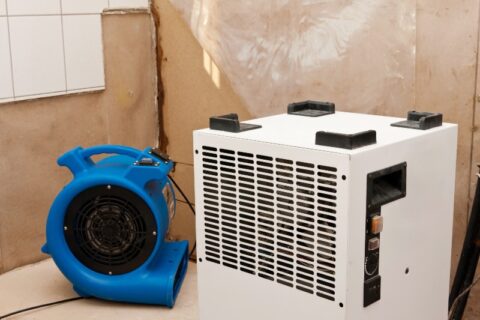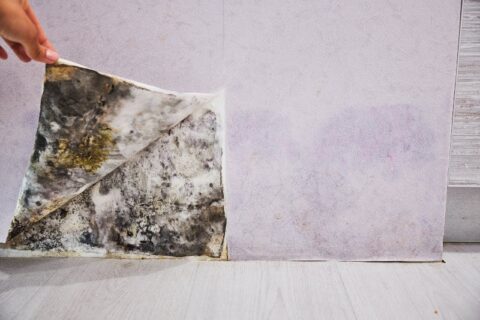Practical Water Conservation Tips
- Fix leaks promptly. A leaking faucet can waste eight gallons of water a day, a pipe leak can waste 50 gallons, and a toilet leak can waste more than 100! To check for toilet leaks, put a few drops of food coloring into the toilet tank, then wait 15 minutes and look in the bowl. If there’s food coloring in the bowl you have a leak that needs attention. You can check for undetected water leaks by watching your meter when no water is being used. Note the meter reading, then check it 8 to 10 hours later. If the meter has moved, you have a leak.
- Don’t run water unnecessarily. When you are shaving or brushing your teeth, turn off the water. Wet your brush before you start to brush, rinse your mouth with water from a cup, and leave a few inches of water in your sink to rinse your razor. When you take a shower, limit the time you spend in there to just as long as it takes to lather, scrub, and rinse. If you wash dishes by hand, don’t leave the water running while you wash and rinse. If you have two sinks, use one for washing and fill the other with rinse water. If not, wash all the dishes, gather them into a rack, then quickly rinse them all at once.
- Slow your flow. If the water pressure in your house is more than 60 pounds per square inch (psi), it can cause damage to your plumbing. You can check your water pressure with a gauge available at hardware stores, and if your water pressure is too high, you can install a pressure-reducing valve to conserve water. You can conserve water by replacing your faucets and shower heads with low-flow versions that can save over seven gallons of water per minute with no disruption to the spray. Similarly, replacing your old toilet with a high efficiency toilet (HET) can save up to seven gallons per flush.
- Use your fixtures and appliances wisely. Run your dishwasher and washing machine only when you have a full load. If you can’t wait and need to run a smaller load, make sure to change the water settings to reflect that. Be careful what you put into your toilet, too. Flushing it unnecessarily, for a tissue or some similar small item, wastes five to seven gallons of water.
- Watch water use outside as well as inside. If you’re washing your car, use a pail of soapy water to wash and only turn the hose on to rinse the car. Water your lawn only necessary, not on a schedule. If your grass springs up after you step on it, there is no need to water it. When it does need water, water it deeply, allowing the water to seep down to the roots so it won’t evaporate. If you use sprinklers, make sure they’re not pointing toward the gutters, and don’t water on windy days when the water can be blown off to the streets and sidewalks. Use a broom rather than a hose to clean your sidewalks, and when you’re landscaping, plant drought-resistant plants and trees and mulch them heavily to slow the evaporation of water.
Sometimes it can seem like there is either too little water or too much! If you’ve experienced flooding and need help with flood restoration and repairing water damage, contact the experts at Pacific Flood Restoration. We offer full-service, 24-hour, on-call emergency services in San Diego, California, and we’ve earned a reputation for being dependable, on time, courteous, and ethical. No matter the extent of your damage, our trained technicians have the experience, proven techniques, and state-of-the-art equipment to restore your home, fixing whatever damage it may have sustained. We can also help you determine what caused the flooding so that you can prevent floods in the future. We serve the following cities: San Diego, Encinitas, Carlsbad, Oceanside, San Marcos, Chula Vista, Poway, El Cajon, Escondido, Rancho Santa Fe, San Clemente, and Solana Beach. Call 760.516.8549, or contact us through our website.


